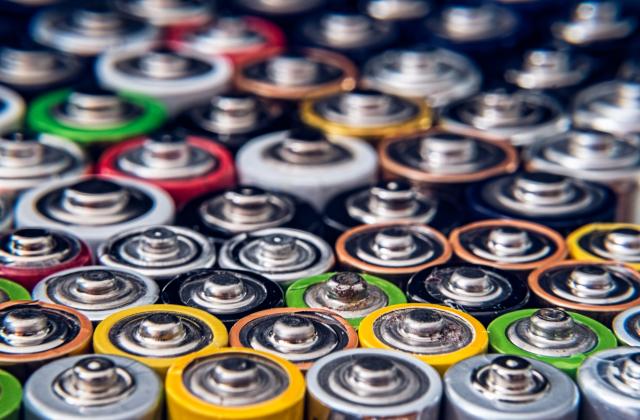An expert in sustainability is calling for Australia to adopt a new rising technology that could allow our energy grids to run on 100 per cent renewables, and the Yarra Valley may have already taken the first step.
Professor of Sustainability at Curtin University Peter Newman AO wrote in an article for The Conversation that sodium-ion batteries are ‘set to spark a renewable energy revolution’ and he belives Australia needs to be ready for it.
Prof Newman has also been a part of the United Nations’ Intergovernmental Panel on Climate Change (IPCC), particularly focusing on transport and cities, and helping guide net zero transitions throughout the world.
Prof Newman said while Australia has been able to absorb a lot of solar and wind because it’s very cheap and easy to put in, we have needed to focus on firming.
“Firming is a backup to the system for whenever there’s any drop in the power, which happens sometimes with the fossil fuels as well and usually it was done by gas,” he said.
“The gas industry picked up on this and created the idea that they would need to increase the amount of gas that they were digging up, sending out and liquefying because the world was going to need it for firming in their grids,”
“I always felt this was very shaky ground because there’s an enormous amount of solar and wind that can be produced, far in excess to needs, as long as we can store it so it’ll still be available for the times when the system is needing it when the sun’s not shining and the wind’s not blowing.”
The Yarra Valley became a pioneering region for sodium-ion batteries in Australia when in December 2022, UK-based company Faradion installed small stationary sodium-ion battery modules at a trail site.
Faradion was contacted for comment.
In an article for the BBC in March 2024, Chief Executive of Faradion James Quinn said sodium is a much more sustainable source for batteries [than lithium]
“It’s widely available around the world, meaning it’s cheaper to source, and less water-intensive to extract,” he said.
“It takes 682 times more water to extract one tonne of lithium versus one tonne of sodium. That is a significant amount.”
Prof Newman outlined some of the pros and cons of sodium-ion batteries in his article, with positives including that the technology to make lithium-ion batteries is very similar to sodium-ion ones so could transition with ease, sodium is far more abundant than lithium and sodium-ion batteries hold their charge much longer and would lead to a reduction in the environmental issues in the mining, recycling and disposing of lithium.
However, sodium is less energy-dense than lithium, requiring more space and energy to hold the same amount of charge, thus limiting the environmental boost as more material is required anyway, though analysis from MIT in 2022 indicates this is improving, with their energy density two years ago equal to that of lower-end lithium-ion batteries in 2021.
Prof Newman said he always thought the breakthrough in renewable energy was going to be in storage and now sodium-ion batteries are getting better and better at long-duration storage.
“Lithium-ion batteries in our phones, our computers and our watches need to be recharged after a certain time, depending on how much you use over the day but for the grid, they would only last for a few hours maybe overnight at the most and therefore they’re not a good enough source of firming,” he said.
“Sodium-ion batteries are different because they are bigger, the sodium atom is bigger than lithium, therefore it’s heavier, but it can also last longer and it’s now up to a week that it could back-up a grid,”
“By 2027, sodium-ion batteries around the world would be commercial and would be cheaper than gas so you have a situation where not only can we make 100 per cent renewables, but we don’t have to subsidize it.”
In his article, Prof Newman refers to analysis from the Massachusetts Institute of Technology (MIT) that indicated the competitive prices of sodium-ion batteries could lead them to enter the global market in 2027 and match gas on cost, while he also pointed out that the US Department of Energy estimated in September 2023 that sodium-ion batteries are ‘expected to adopt a significant market share by 2030’.
Prof Newman said he believes the markets are going to drive this because it’s going to be cheaper.
“At the moment the Climate Change Authority is assessing the extent to which we can meet our renewables goals and they are still, they have been saying all along we still need gas for firming,” he said.
“They [sodium-ion batteries] are the market baby at the moment, they’re growing so fast, they’re very cheap, and they don’t need any backing,”
“Governments can’t always get the future right, the International Energy Agency have been doing projections into the future for renewable energy for the last 20 years and every year they get it wrong, every year they predict that it will flatten out because there’s so much momentum in the fossil fuel industries and every year renewables grow even faster, it’s now over 30 per cent in solar and a little less in wind.”







